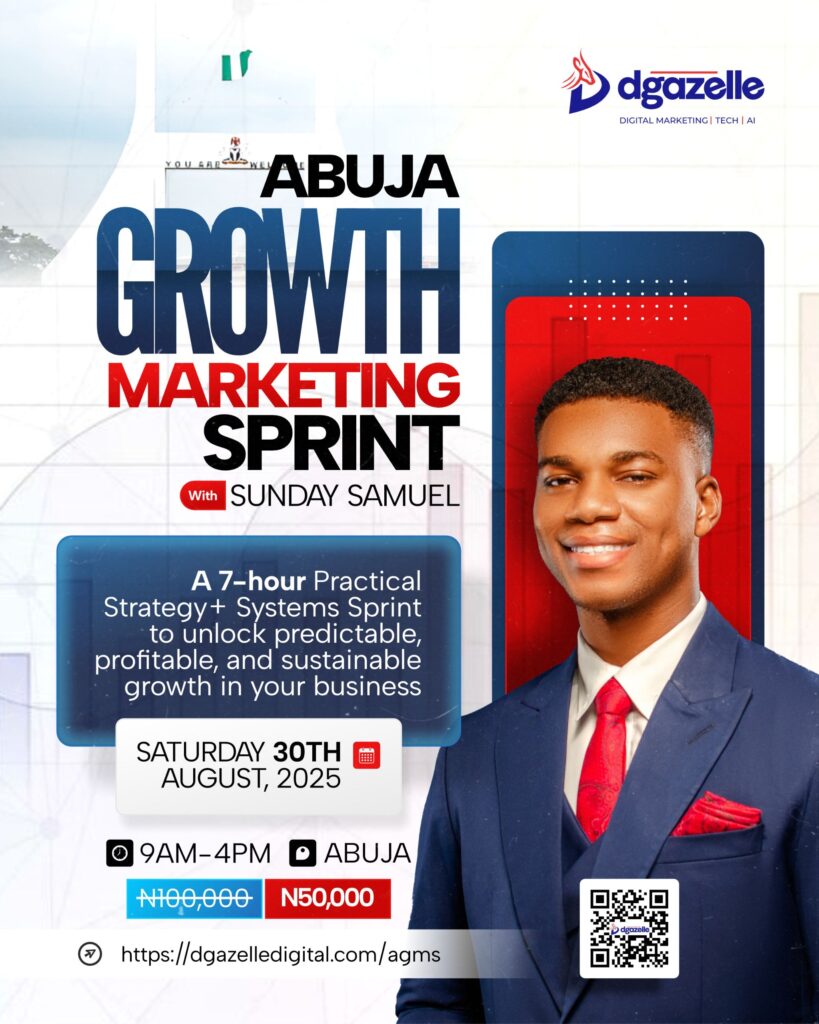First impressions count as much in email as they do in person and businesses used to consider email marketing to be a nice-to-have. Presently, over 90% of poll participants believe it to be at least somewhat important to the overall success of their business, with 41% believing it to be extremely important.
Rich communication may improve email health, increase revenue, and establish your brand’s reputation. With a return on investment (ROI) of $42 for every dollar spent, many B2B sales and marketing teams use emails to gain direct access to customers, improve sales conversion and increase revenues. But there are a lot of dos and don’ts in email marketing to be mindful of.
Overlooking the welcome email
Ignoring the welcome email is the first mistake that email marketers make. You don’t want to abandon those who have chosen to subscribe to your email list. Along with giving them more details about your business, you want to let them know how much you value their joining your email list.
Many companies leave these subscribers hanging by failing to send a welcome email. Avoid making this email marketing error since it may give the impression to your audience that they are unimportant to your company and communicate the wrong message.
Sending a welcome email is the greatest approach to stay clear of this email marketing error.
Cutting off the subject lines
Our next mistake in email marketing is to cut the subject line. Sending emails with the subject line obscured is a common error made by businesses. Even while it might not seem like much, it has a major influence on how much your subscribers interact with your emails.
Firstly, abbreviated subject lines may convey an air of incompetence. They can come across as careless, or the subject line might be illegible due to its removal. In addition, there’s a chance that your subject line will be truncated, giving your email a different connotation.
How to steer clear of this email marketing error: skim your subject lines. Spend some time previewing your email to see how it will appear to your audience before you even send it out to your subscribers. It is important to review each iteration of your subject line to make sure it appears properly across all platforms.
Email subject lines should be brief and to the point in order to avoid being cut off on any platform, as character limits differ greatly between devices and email clients.
Incompetent design
Ignoring the design of their emails is one of the biggest mistakes businesses make when it comes to email marketing. It is not enough to just combine a few pictures, add some color, and call it a day. Whether or whether your audience interacts with your email after it has been received is mostly dependent on the quality of your design.
Your audience won’t want to interact with your emails if your design appears amateurish or careless. They’ll unsubscribe, or worse, close them.
How to steer clear of this email marketing blunder: Make expert designs. Making an investment in email design is a good place to start if you want to steer clear of this email marketing mistake.
You should select a design for your emails that accurately represents your company. You can see how Starbucks’ design reflects the company’s business in this example. Their subscribers have a good experience because of the simple, contemporary style.
Ignoring your CTA (call to action)
Ignoring your call to action (CTA) in your email comes next on our list of typical email blunders. One of the most important components of your email is your call to action (CTA), which directs readers to perform the next action. Users won’t know how to continue if your email lacks a call to action.
Businesses also make a variety of mistakes when it comes to CTA buttons. Among the frequent errors are:
- Making use of unclear CTAs
- CTAs are positioned incorrectly
- Selecting an incorrect hue for your call to action
- Making use of nondescript CTAs
How to steer clear of this email marketing error: Make your CTA buttons seem good. You must optimize your call-to-action buttons if you wish to steer clear of this email marketing error. A CTA button should be designed so that it is easily noticeable.
Furthermore, pay attention to where in the email you position your call to action. It might not be seen if it is buried too deep in the message. As demonstrated by this Starbucks example, you want to make sure that it is in a location where your audience is likely to see it and click on it.
Ignoring personalization
Ignoring personalization is one of the biggest mistakes businesses make when it comes to email marketing. Dozens of businesses compete with one another for the attention and hard-earned money of your subscribers through emails. Personalization is a must if you want to grab their interest.
To make email marketing easier, a lot of businesses send their subscribers generic emails. This strategy has the drawback that not everyone is drawn to your company for the same reasons. Because there are so many emails in your audience’s inboxes, if yours doesn’t catch their attention, they’ll probably ignore it.
One of the most common mistakes in email marketing is to neglect personalization, yet this is something that is simple to avoid. To provide your audience with an improved email experience, you should segment your subscribers and personalize their emails.
Among other things, you can group your subscribers according to their interests when you segment them. From there, you can tailor the content you deliver to these groups based on the topics that most appeal to them. If you own a clothes store, for instance, you might have a section of women who are interested in work attire and another who are interested in active wear.
Being excessively commercial
One of the most common mistakes businesses make with email marketing is the one that follows. Your objective is to convert interested prospects into clients by sending them emails. Many businesses will be very pushy in their emails and turn customers off in an attempt to increase sales more quickly.
It’s important to keep in mind that email is an excellent medium for product or service pitches, but you shouldn’t go overboard. You run the risk of upsetting and losing subscribers if you constantly spam them with pitches for your goods or services.
How to steer clear of this error in email marketing: Be careful with the language you use in emails. Consider both what you’re saying and how you say it when you draft your emails.
Remember that your subscribers will be in varying stages of the buying cycle when you create these emails with a stronger sales focus. Someone who recently signed up for your emails, for instance, could be interested in learning more about what you have to offer.
Not utilizing automation software
Refusing to use email automation software is one of the biggest mistakes businesses make when it comes to email marketing. Sending out all those emails gets too time-consuming if you have a large list of subscribers and are sending out a few emails every day. Nonetheless, a lot of businesses still don’t employ automation to save time.
How to prevent making this email marketing error: Select the appropriate automation program for your company. One of the most frequent email errors is choosing not to use email automation software, although this may be readily corrected or prevented. Purchasing email automation software might save your company a lot of time.
For example, Mailerlite lets you compose, send, and track emails from a single location. Without having to spend hours writing emails, you may put up automatic communications, such as welcome emails and abandoned cart emails. To locate the best email marketing software for your company’s needs, you might need to do some research.
Not testing your emails
Not testing your emails comes next on our list of typical email blunders. Although many businesses fail to test to improve their emails, the text you initially write for your email may not necessarily be the best version. You’re losing out on possible sales for your company if you don’t test your emails.
You must regularly test your emails if you want to avoid making this email marketing mistake. To determine which version of your email works best, you can run A/B tests. It is best to test one element at a time when conducting testing.
You can test various element like:
- Subject line
- Pre-header text
- CTA button
- Design and layout
Not trimming down your email list
The last error in email marketing strategy is not pruning your email list. Many businesses never check their email list again and just maintain it that way. This strategy has the drawback of costing these businesses money to send emails to unread recipients.
You should periodically trim your email list to make sure it is active for email marketing. If a subscriber hasn’t engaged with your brand in a while, go through your list and eliminate them. You need to make sure that you’re spending money on leads who are interested in hearing from you by doing this maintenance work on a regular basis.
GET IN TOUCH
Errors in email marketing can be expensive, so you should try to steer clear of them. You don’t have to worry about these email marketing errors since you can completely prevent them with the assistance of Dgazelle’s email marketing specialists.







